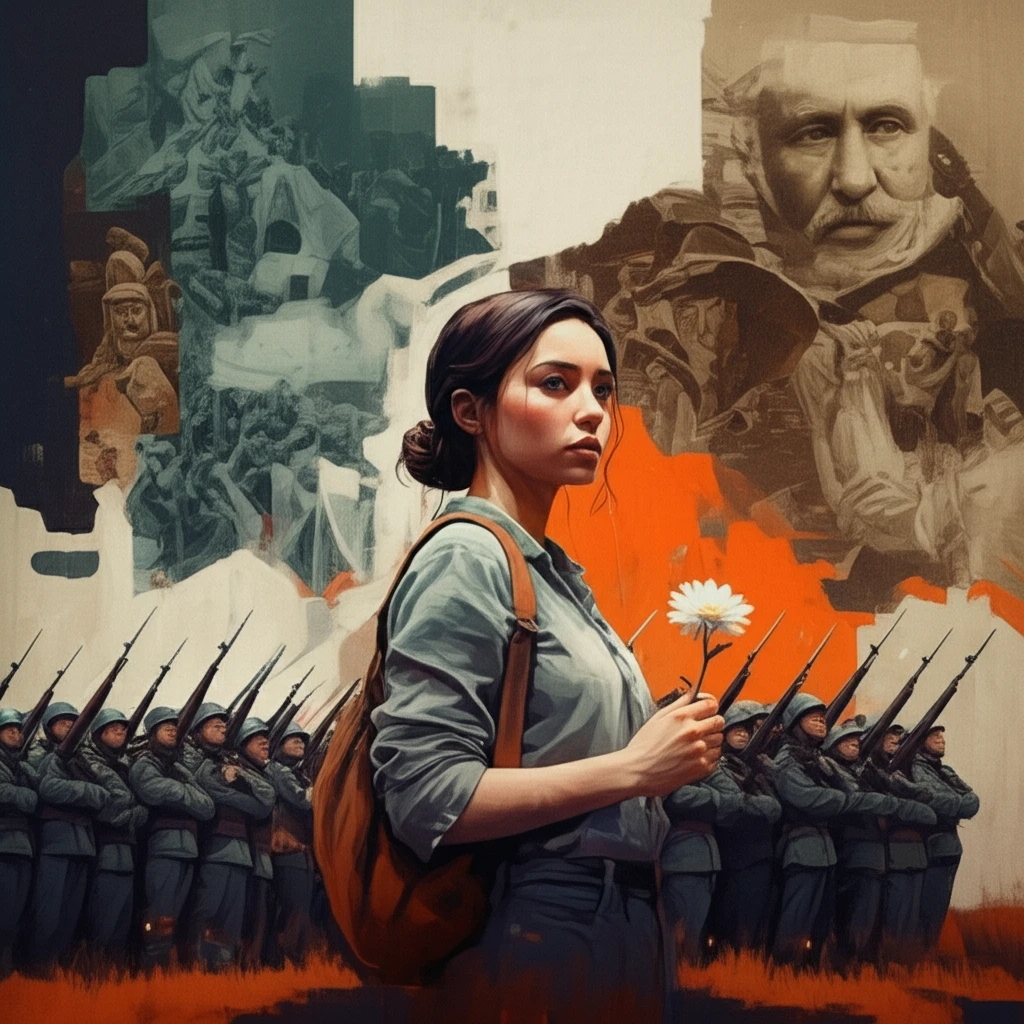![]()
How Visual History Shapes Our World: From Iconic Images to Modern Protests
"Exploring the power of visual history and its impact on culture, society, and our understanding of the world."
Images possess a remarkable ability to transcend time, cultures, and languages, offering profound insights into our shared past and present. Visual history, as a discipline, recognizes the potency of images as primary sources, capable of revealing nuanced perspectives and emotional truths often absent from traditional textual accounts. This approach invites us to critically examine the stories told through photographs, paintings, and other visual mediums, unraveling the complex interplay between representation, power, and memory.
This article embarks on a journey through visual history, tracing the trajectory of iconic images and exploring their enduring impact on society. From the Vietnam War era to contemporary social movements, we will investigate how images shape our understanding of historical events, influence cultural values, and inspire collective action. By examining the visual language of different eras, we can gain a deeper appreciation for the ways in which images construct narratives, reflect social anxieties, and mobilize public opinion.
Inspired by Ana Maria Mauad's study, we will analyze how images are born, evolve, and acquire new meanings across time. We'll explore the concept of 'photo-icons' and consider how images transform from mere representations to powerful symbols that encapsulate historical moments. Through this exploration, we aim to provide a comprehensive understanding of how visual history enriches our understanding of the past and continues to shape our present.
The Enduring Power of Visual History: Shaping Perceptions and Inspiring Action

Visual history provides a unique lens through which to examine the past, offering insights that complement and sometimes challenge traditional historical narratives. By analyzing images, we can uncover hidden perspectives, explore the emotional landscape of historical events, and gain a deeper understanding of the social and cultural forces that shaped our world. Iconic images, in particular, possess the power to encapsulate complex historical moments, evoke strong emotions, and inspire collective action.
- Iconic Representation: The photograph transformed into a symbol of the anti-war movement, embodying the ideals of peace and resistance.
- Emotional Impact: The image evoked strong emotions, galvanizing support for the anti-war cause and challenging the prevailing narrative.
- Historical Significance: The photograph served as a visual record of a pivotal moment in history, shaping our understanding of the Vietnam War era.
The Future of Visual History: Embracing the Power of Images
As we navigate an increasingly visual world, the importance of visual history will only continue to grow. By embracing the power of images, we can gain a deeper understanding of the past, challenge dominant narratives, and inspire positive change in the present. Visual history offers a powerful tool for promoting critical thinking, fostering empathy, and building a more just and equitable world.
